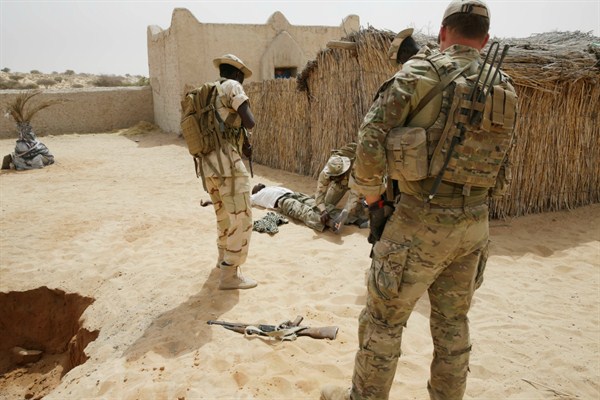Last week, the Trump administration sent a high-level delegation to sub-Saharan Africa for the first time. U.S. Trade Representative Robert E. Lighthizer and other senior officials traveled to Togo, in West Africa, for an annual forum on the African Growth and Opportunity Act, or AGOA. Enacted in 2000, the initiative is described by Washington as the “centerpiece” of its trade relations with the region.
AGOA is a trade preference program that enhances access to the U.S. market for eligible countries. Various assessments indicate that the pact has led to increases in African exports and U.S. foreign investment on the continent. According to a briefing prepared for the Brookings Institution, AGOA created 300,000 jobs in Africa in its first nine years. By 2013, U.S. imports from sub-Saharan Africa under AGOA totaled $26.8 billion, more than three times higher than the 2001 figure.
The talks in Togo, however, hardly amounted to a celebration of AGOA’s achievements. Instead, as Reuters reported, they were characterized by “waning enthusiasm” for the deal. That’s in no small part because of AGOA-specific issues, and a sense that the pact, which is currently slated to last until 2025, is reaching the limits of its usefulness. But the visit also drew attention to the Trump administration’s limited engagement with Africa so far, while reinforcing concerns that the White House has little interest in the continent beyond scattered counterterrorism and security matters.

